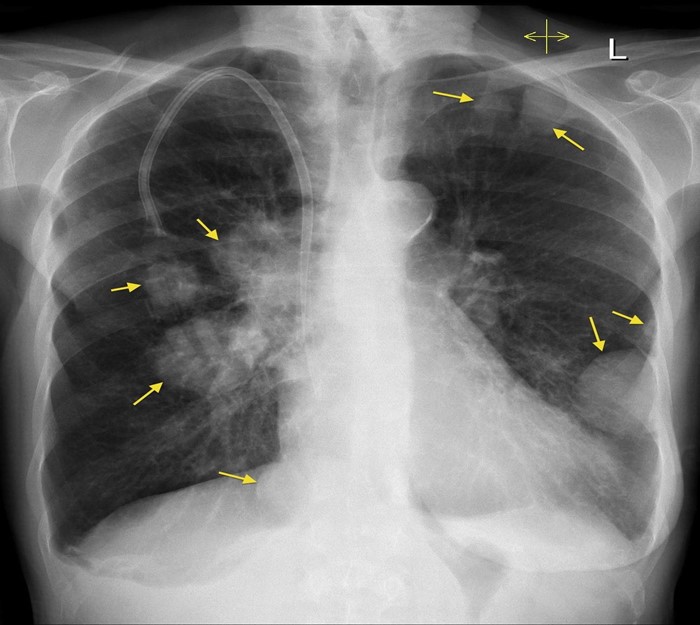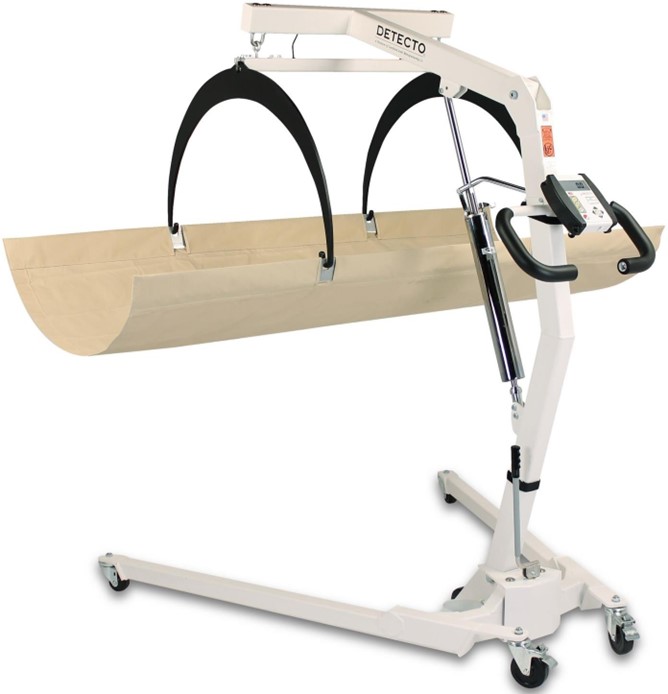A client with life-threatening injuries from a gunshot wound to the abdomen is mechanically ventilated and sedated. The client has a large family present who are asking multiple and repetitive questions. Which intervention should the nurse implement first?
Let each family member ask a question one at a time.
Request the healthcare provider to speak with the family.
Ask the family to identify a specific spokesperson.
Page a chaplain on call to be present for questions.
The Correct Answer is C
A) This intervention is not the best because it may take too much time and energy from the nurse, who needs to focus on the client's critical condition. The nurse may also have to repeat the same information multiple times, which can be frustrating and confusing for both the nurse and the family.
B) This intervention is not the best because it may not be feasible or appropriate at this time. The healthcare provider may be busy with other clients or procedures, and may not be able to speak with the family right away. The healthcare provider may also need to obtain the client's consent or permission before disclosing any information to the family, which may not be possible if the client is sedated.
C) This intervention is the best because it can help reduce the number and frequency of questions, and facilitate clear and consistent communication between the nurse and the family. The nurse can ask the family to choose one person who will act as their representative and spokesperson, and who will relay any information or updates to the rest of the family. This can also help respect the client's privacy and confidentiality, and prevent any conflicting or contradictory messages.
D) This intervention is not the best because it may not address the family's informational needs or preferences. The chaplain on call may provide spiritual or emotional support to the family, but may not be able to answer any medical or technical questions. The family may also have different religious or cultural beliefs that may not align with the chaplain's role or perspective.
Nursing Test Bank
Naxlex Comprehensive Predictor Exams
Related Questions
Correct Answer is D
Explanation
Choice A Reason: This is not the first priority because it does not address the client's immediate needs. The nurse should obtain the client's legal records for power of attorney, but this can be done later.
Choice B Reason: This is a good action because it helps relieve the client's pain and discomfort. The nurse should give analgesic medications as needed (PRN), but this is not enough to meet the client's holistic needs.
Choice C Reason: This is not an appropriate action because it may cause harm to the client. The nurse should not discontinue the intravenous infusion without a valid reason and a healthcare provider's order.
Choice D Reason: This is the best action because it respects the client's wishes and provides him with quality end-of-life care. The nurse should ask the palliative care team to speak with the client and offer him emotional, spiritual, and physical support.

Correct Answer is B
Explanation
Choice A Reason: Asking the client why he does not want to be weighed is not a priority action because it does not address the need to obtain his daily weight. The nurse should first try to find a way to weigh the client without causing him discomfort or distress.
Choice B Reason: This is the correct answer because weighing the client using a bed scale can avoid the need for
transferring him from the bed to a standing scale, which may be difficult or painful for him. The bed scale can provide an accurate measurement of his weight and help monitor his fluid status.
Choice C Reason: Directing the UAP to delay weighing the client until later is not an appropriate action because it may result in missing or inaccurate data. The nurse should ensure that the client is weighed at the same time every day, preferably in the morning, before any fluid intake or output.
Choice D Reason: Documenting that the client refused daily weights is not an adequate action because it does not reflect the nurse's responsibility to provide quality care for the client. The nurse should try to resolve the issue of weighing the client and documenting the outcome and any interventions.

Whether you are a student looking to ace your exams or a practicing nurse seeking to enhance your expertise , our nursing education contents will empower you with the confidence and competence to make a difference in the lives of patients and become a respected leader in the healthcare field.
Visit Naxlex, invest in your future and unlock endless possibilities with our unparalleled nursing education contents today
Report Wrong Answer on the Current Question
Do you disagree with the answer? If yes, what is your expected answer? Explain.
Kindly be descriptive with the issue you are facing.
